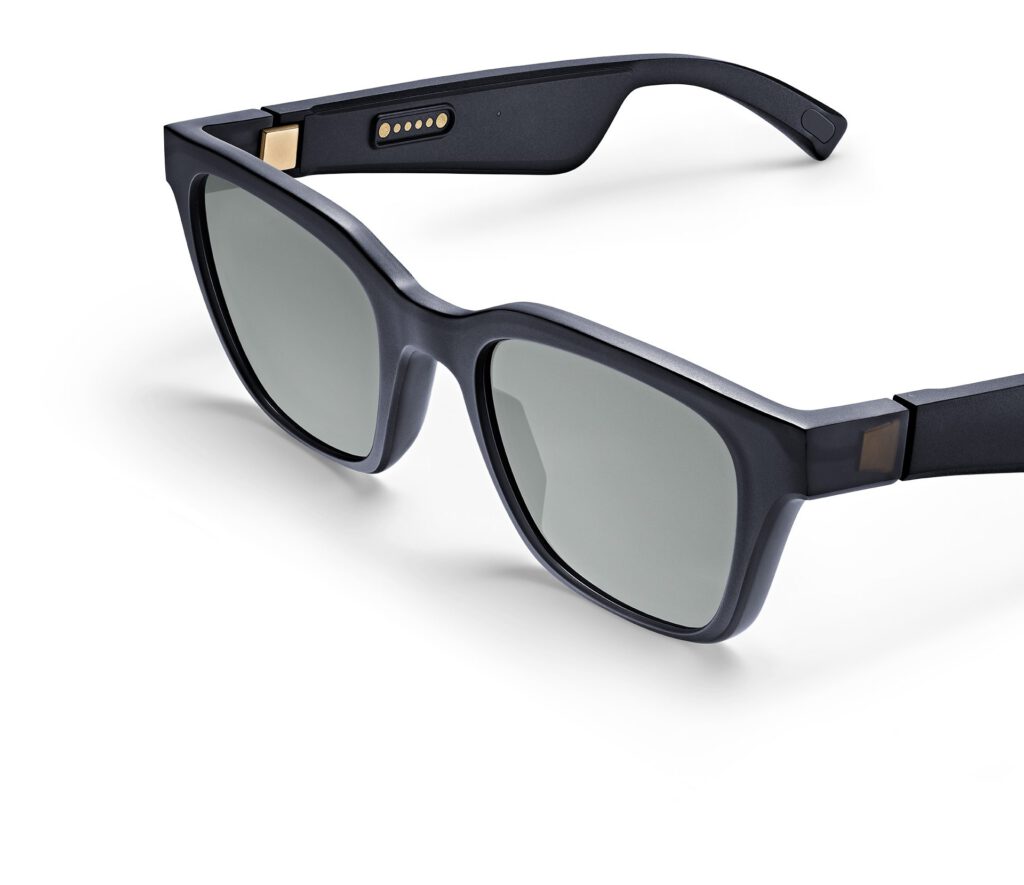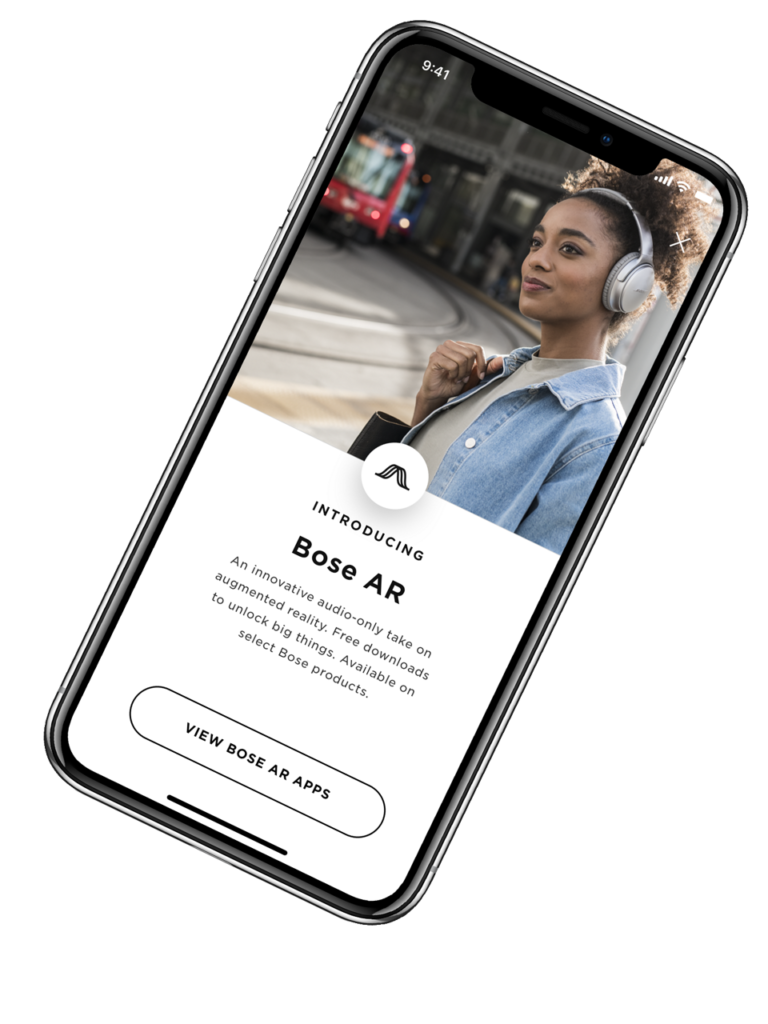Blog
The unmanned kiosk is here. Or rather it’s been here for some time (history of vending machines, U*tique luxury vending machine 2009, minibar automation, self-serve checkout), but now mobile phones, electronic payments, advanced sensors like facial recognition, China, Amazon Go, the death of malls, and retail automation, are converging together into super sophisticated unmanned kiosks. Below are two technologies I have had the pleasure of investing in, and am hoping you the reader of this post are already noodling other potential unmanned kiosk applications in which we can invest. Please visit my office hours and continue this conversation.
In short: 3D printing is the most exciting logistics technology I’ve seen for completely reinventing a supply chain. We can pick any specific supply chain, explode it on a white board, and likely circle two or three best places to hyper focus on 3D printing solutions with a high confidence the effort is worth it. Commercial aerospace manufacturing has emerged as a key growth area. But industries like homebuilding, car-making, medical supply, footwear and even food are fast embracing 3D printing. Large shipments of semi-finished goods or higher concentrations of materials can be transported for later finishing. And products can be swapped entirely for others that require less transportation and unit complexity.
3D printers make it easier to manufacture low volume, customer-specific items, that are capable of much greater complexity than is possible through traditional means. This at once eliminates the need for high volume production facilities and low level assembly workers, thus cutting out at least half of the supply chain in a single blow.
Let’s look at a few examples of what’s coming down the pipe:
Hype Cycle for 3D Printing
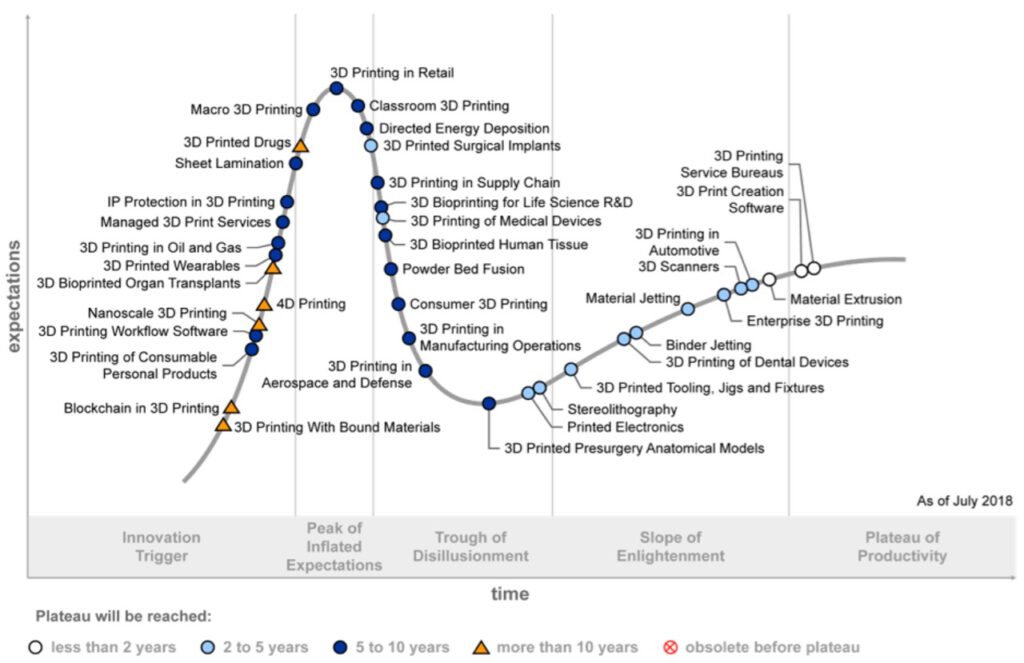
Source: Gartner
Houses
ICON built the first-ever 3D printed house in under 24 hours for less than $4,000. They expect to launch in 2020, and are pitching themselves as affordable housing for the homeless.
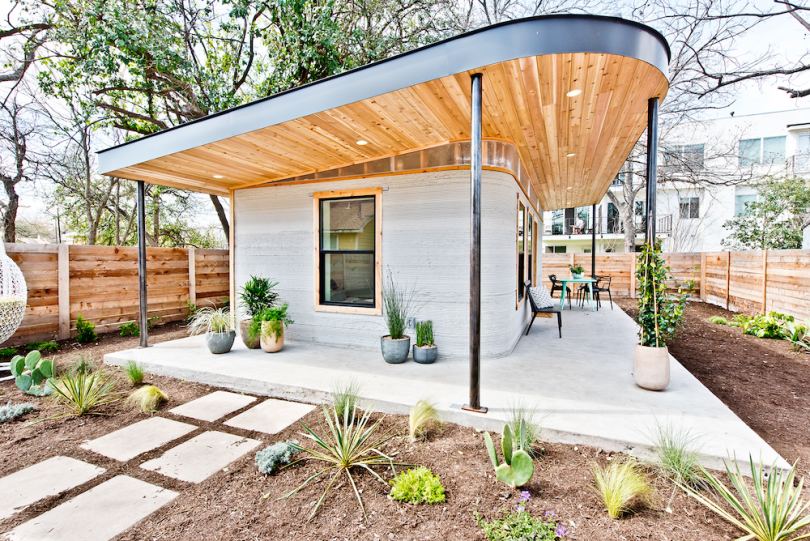
Orthotics
Aetrex Worldwide acquired 3D-printing foot-support startup Sols in 2017. A computer vision-enhanced foot scanner named Albert draws up an ideal blueprint for each customer, then a printer kicks out the customized orthotic.
Cars
Divergent is working on 3D printing as much of cool looking cars as possible. They’ve already accomplished “printing” the chassis and body of a car.
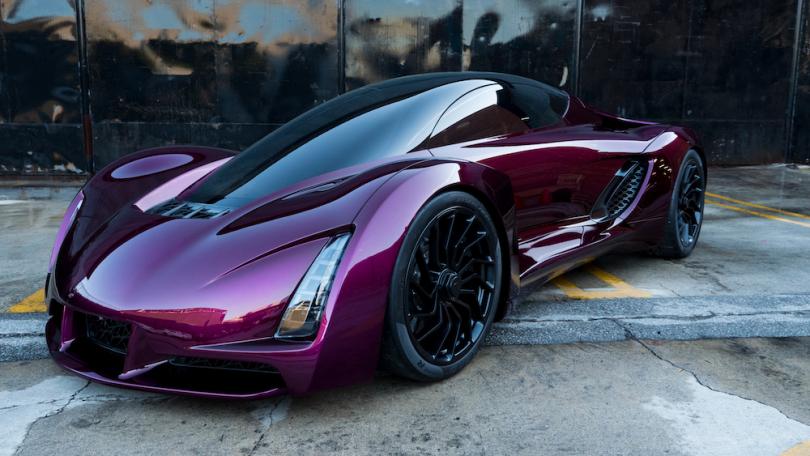
Dental Accessories
FormLabs supplies its popular Form printers to Ashford Orthodontics, the UK’s largest orthodontics lab, which uses them to print bridge models, surgical guides, retainers, dentures and other dental devices at scale.
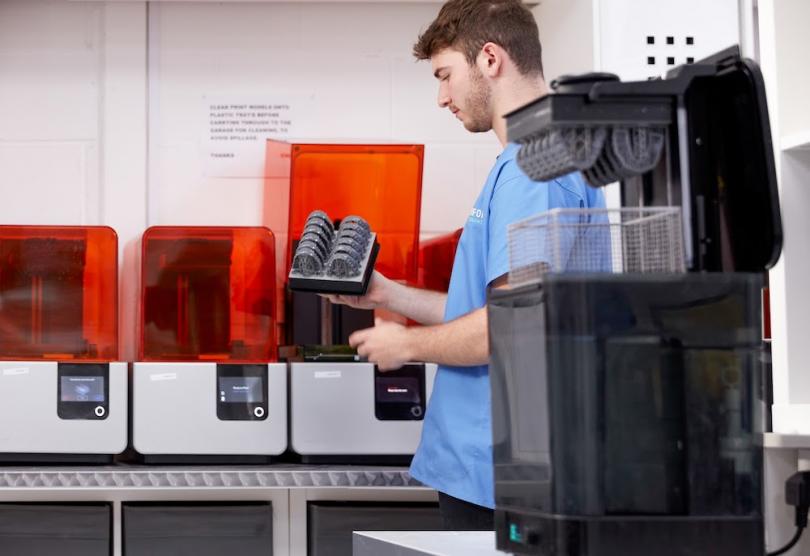
Food
PixSweet lets customers design and print up custom 3D ice pops. And Natural Machine’s Foodini is specifically designed to print food using fresh natural ingredients.
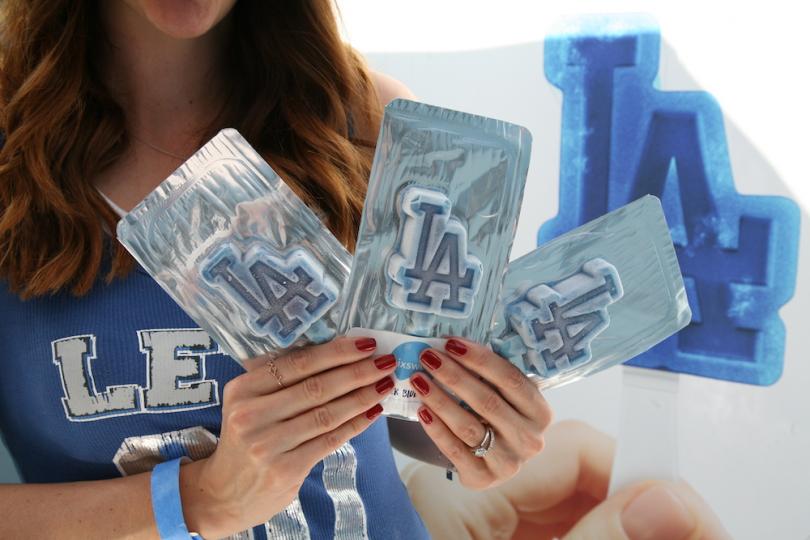
Jewelry and Housewares
Shapeways is a printer-on-demand service for craftspeople. The company recently integrated with Etsy, letting anyone submit DIY 3D models and pick a material and finish. It then prints objects in far better quality than a consumer-grade printer.

Also read how 3D printing is disrupting the $12 trillion manufacturing industry.
3D printing technology is evolving fast. We’re already seeing enormous buildings being printed, living tissue, and inflatable silicon materials, and layers of plumbing and electricity sandwiched between surfaces. What used to take hours, now only take minutes to print. Where do you see an opportunity to make a supply chain drastically faster, better or cheaper with 3D printing? Please visit my office hours and continue this conversation.
I absolutely love this technology, but believe it to be largely an interim technology and thus we passed on this investment. Time will tell if we were right or wrong.
The reason we dove into this technology relates to the principal problem with autonomous vehicles: it’s difficult to have repeated failures without causing catastrophe. Autonomous vehicles can act perfectly in environments where only autonomous vehicles exist. The moment you introduce humans, you introduce human error, which makes Tesla’s autopilot and Waymo’s job that much harder. If their technology fails even once, people can die and the industry can be held back a decade or more. These little guys can bump into people and things all day long, and no one is really going to care. Which means they can learn faster. Rapid failure is the best way to learn quickly.
At Shipwire, I would say one reason for our success was that we had thousands of small customers, and could test out new ideas and features faster than someone with just a few large customers. Our ability to fail rapidly, and without major catastrophe to the business, allowed us to learn faster than anybody else.
All that said, I have a hard time seeing the business cases for tiny autonomous cars. They are chasing students on online campuses for a reason: density of customers, central pickup points, etc. But is there a $10 billion dollar business here serving a density of customers from centralized pickup points? Yes, but not with little moving cars littering the street where I’m walking. Drones get me more excited, with a third dimension of travel: up or down.
Could there be lanes on roads dedicated to these little cars? Could hospitals use them for interdepartmental transfers? Could “campuses” of all kinds be built with a modern day equivalent of pneumatic tubes?
Or are there autonomous vehicles that solve real world problems better than little cars and drones? Check out these autonomous boats connected to form movable bridges.
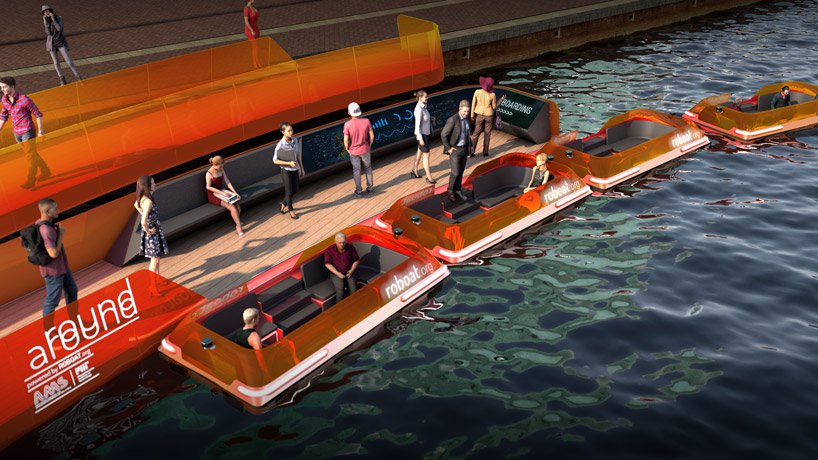
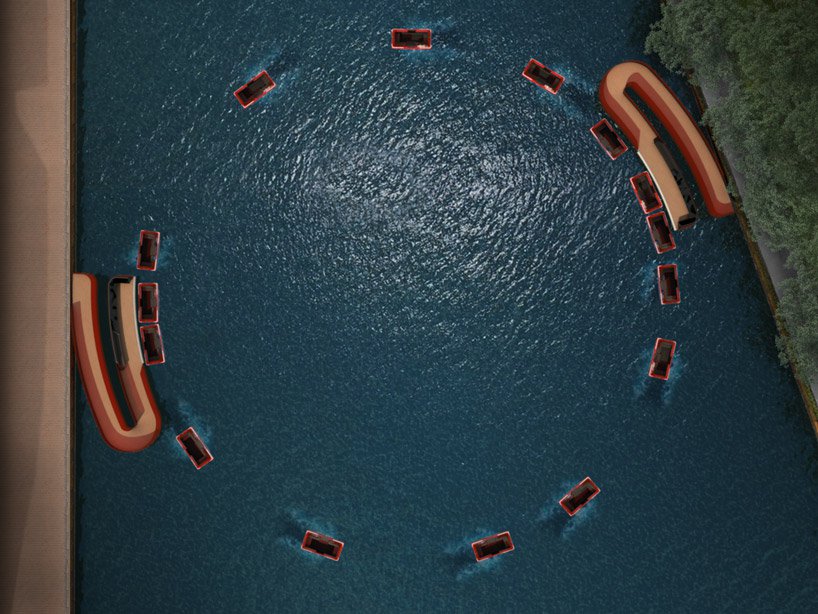
We need your help to find specific use cases for autonomous vehicles FIRST, and THEN package up versions of these technologies to service the use cases. Please visit my office hours and continue this conversation.
Hype Cycle for Connected Vehicles
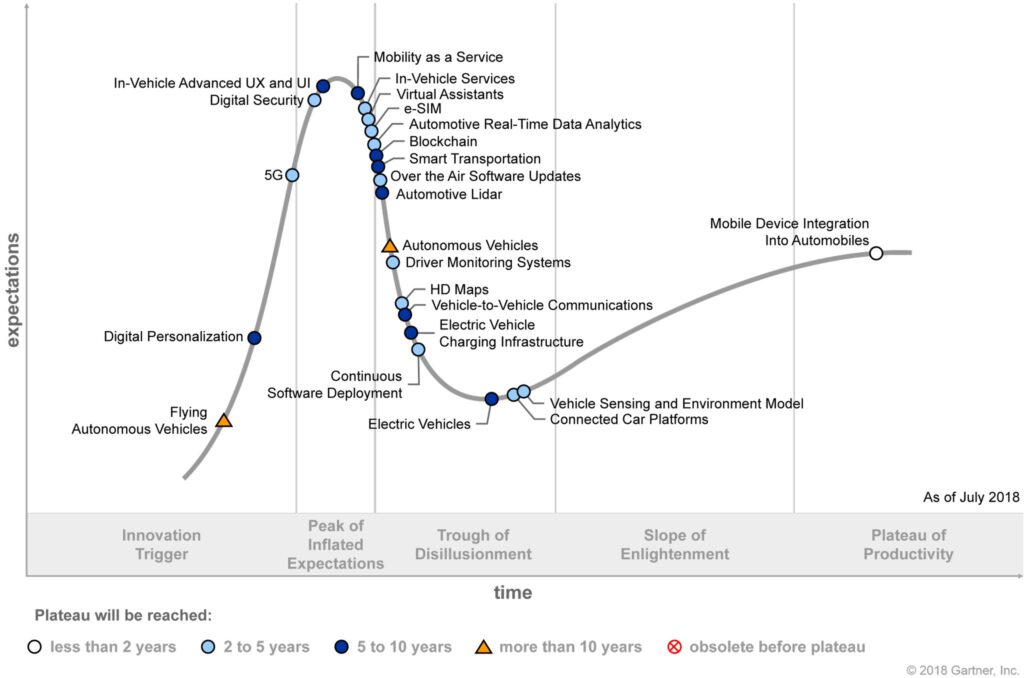
Source: Gartner
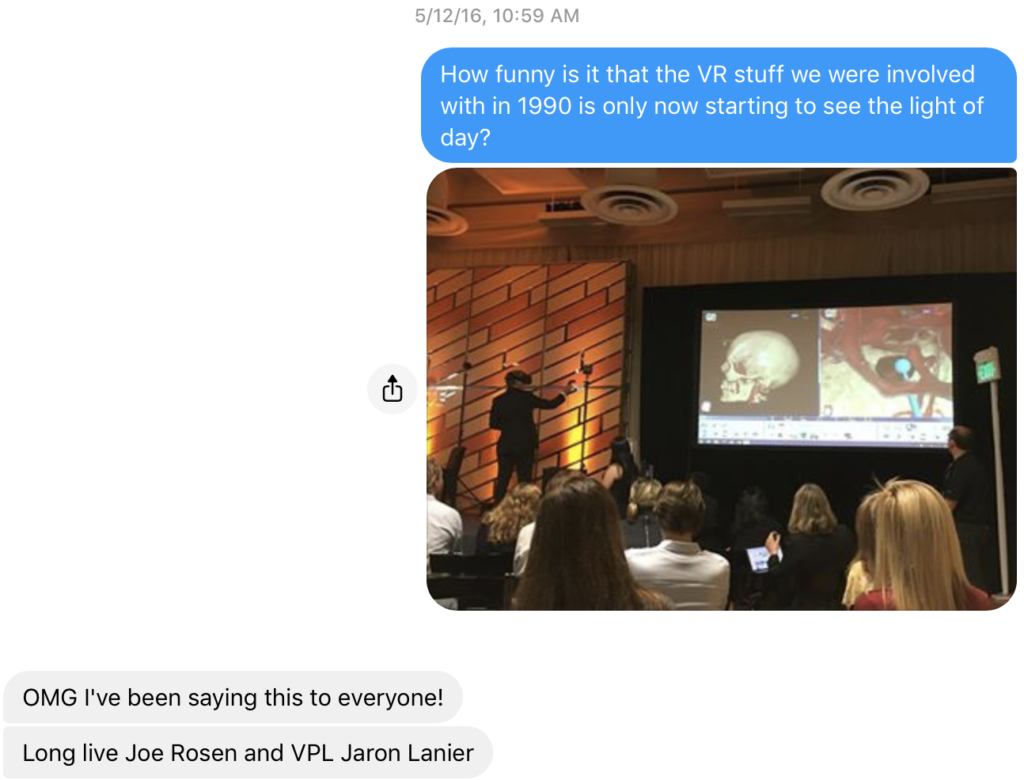
In 1990, as a freshman at Stanford, I got involved in research at VPL Research, the first company to sell virtual reality goggles and gloves. My project was to study the applications of virtual reality to surgery. Specifically, my classmate and I used an MRI machine to scan our hands, and create a mathematical model of our hands that could be controlled later by someone wearing a glove lined with dozens of motion sensors. Our goal was to see if a person wearing 3D goggles and a motion sensor on their head could “see” a virtual intestine with a virtual cancer on it, and act out surgically removing the cancer and suturing up the two good ends of the intestine If so, then surgeons could practice surgeries in medical school, or practice before performing a surgery in real life, or perform surgery remotely with a robot arm on Mars following the surgeon’s every move back on earth.
This is an example of telepresence, 30 years ago. Candidly, this is one technology where things haven’t changed much.
For me, telepresence is about a local expert helping with a remote situation. Bomgar (acquired by BeyondTrust) offers remote support, to help troubleshoot any remote device. This certainly qualifies, and is a great business.
At the same time, there are more than technical hurdles to telepresence. In 2002, I wrote about contingency planning for the next September 11, and quoted the cautionary wisdom of a logistics godfather:
“If you had an inefficient meeting before, it’s really going to be disastrous if you try to do it telecommunicating.”
Where do you see quantifiable use cases for telepresence? Please visit my office hours and continue this conversation.
I just finished watching Kenyan marathoner Eliud Kipchoge set a world record running 26.2 miles in just under 2 hours, and all I could think about were the logistics. Check out the 1:06 mark of this 3 hour video, and watch a pace car beaming a laser onto the track to indicate the required pace of 2:50 minutes per kilometer. This, all I could think, was a great application of augmented reality, to help an exceptional runner perform even better. Next year, there will likely be a new runner, using the same laser truck, set to go a few seconds faster, and thus set a new world record. And again a few seconds faster the next year, and so on.
This reminds me of bowling. Think, the goal of bowling is to roll a ball down the alleyway, to knock over pins at the end. But when I take my nieces the ball ends up in the gutter long before it gets to the end. So the rink master flips up gutter guards. Now my nieces can roll the ball down the alleyway, same as me, but if the ball hits the gutter, it just bounces back down the alleyway, hitting the pins. To be fair, I’m the one that needs the gutter guards to keep up with them.
Now think of FedEx. They will deliver your package absolutely, positively by 10:30 AM tomorrow. You get A-caliber service from FedEx. But they have over 400,000 employees that, are by the law of large numbers, average. How do they get thousands of average employees to deliver above average service? Gutter guards today, and augmented reality tomorrow.
Augmented reality isn’t you holding your phone up in the air, to see more information about the world around you. It’s augmenting the physical world around you in such a way that you go about your existing workflows more efficiently.
This is awesome. The world around us will one day soon be augmented with sensors to “sense” where we are, and images and sound overlaying our existing world to act as our gutter guards.
Google Goggles were an early ambitious prototype. Virtual reality is, in my eyes, a way for technologists to iterate on the toolsets needed for augmented reality, long before the technology to augment reality is truly here.
If you want to iterate on augmented reality today, and have something up and going within a month, checkout Bose AR Eyeglasses.
They are eyeglasses that can have clear or prescription lenses. There are audio speakers in the glasses. There are also motion sensors embedded inside that can detect your head orientation and body movement while you wear them. The glasses can then be synced with your mobile phone, where you can build and download apps that use this information along with location data from your mobile phone to offer tailored audio content. Now imagine walking through a warehouse and hearing “turn right,” you accidentally looking left, and hearing “your other right.” Not the best example, but I’d like to challenge readers to come up with better examples, and let’s build use cases together. Please visit my office hours and continue this conversation.
